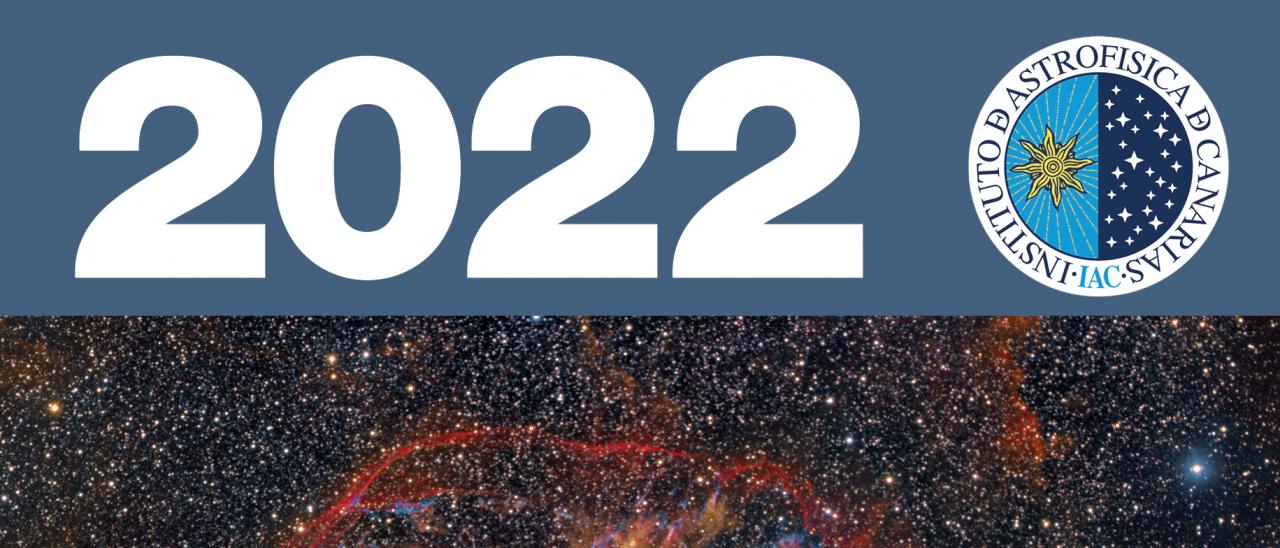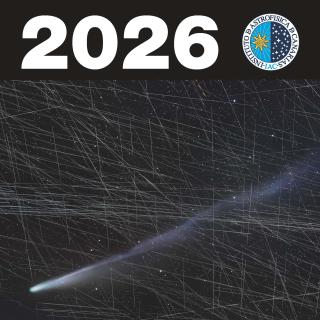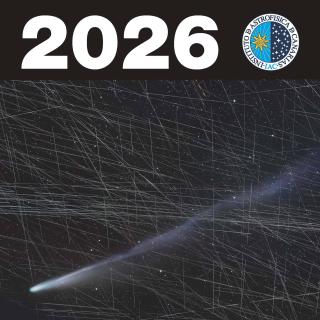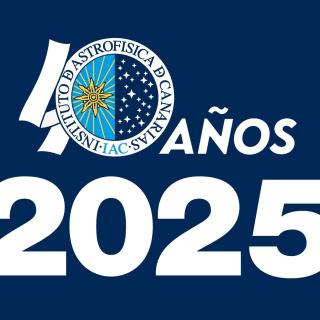The Veil Nebula in the constellation of Cygnus
We can't fully appreciate an image without knowing something of its history. The delicate filaments and veils which we see in the image on the poster calendar are the remains of a star much more massive than our Sun, which died some
20,000 years ago. Although it is at a distance from us of 2,400 light years during the first weeks after it exploded it lit up the night sky with a brightness greater than that of the full Moon. Now it has become a faint nebula, too faint to see with the naked eye. However it is very extended over the sky covering an area equivalent to 40 times that of the moon.
With telescopes we can pick out three main regions: the Eastern Veil (NGC 6960) also called the Witch's broomstick Nebula, to the right of the image, where the only star sufficiently bright to be seen with the naked eye (52 Cygni) is situated; in the upper/central part, we find Pickering's triangle (NGC 6879), and to the left of the image, the Web Nebula ( NGC 6995)
The image we show was obtained by astrophotographer Daniel López, with the STC (Sky Treasure Chest) Astrograph of UC3/IAC, in three narrow band filters(H-alpha:red, Sulphur II:green, and Oxygen III: blue) in a total integration time of40 hours, in individual exposures of 25 minutes each.



